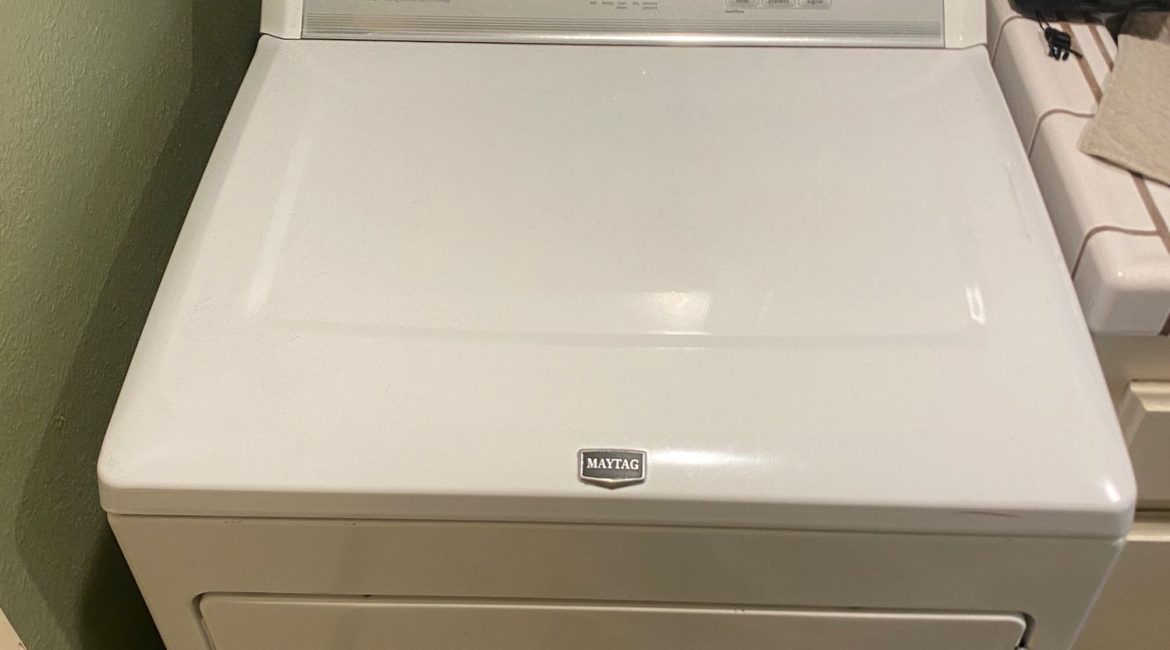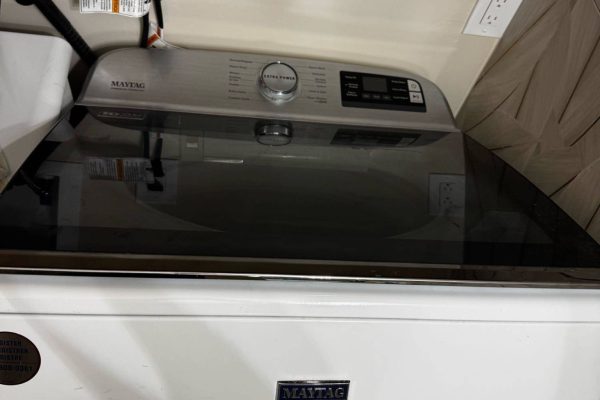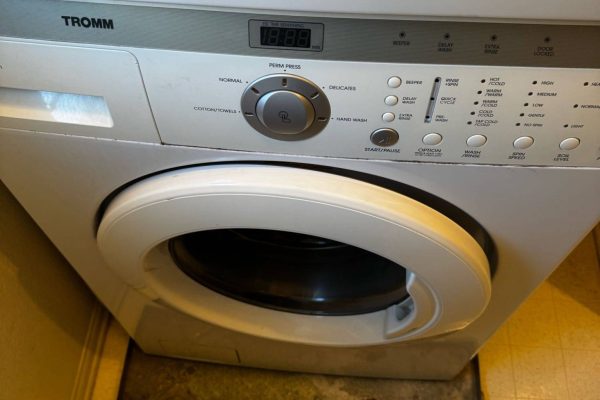Your washing machine is designed to fill with just the right amount of water for each cycle. Too much water not only leads to waste but can also cause serious damage to the appliance and even your home. An overfilling washer may leave puddles on the floor, create electrical risks, and damage clothing. Two of the most common culprits behind this problem are a malfunctioning water inlet valve or a faulty pressure switch. Understanding these issues can help you recognize the problem early and avoid costly damage.
The Role of the Water Inlet Valve
The water inlet valve is responsible for controlling the flow of hot and cold water into your washing machine. It opens when the washer signals it to fill and closes when the right water level is reached. If the valve becomes stuck open or fails to close properly, water continues to flow unchecked. This malfunction often results in an overflowing tub or a washer that never stops filling.
Several factors can cause the valve to malfunction. Sediment buildup in the water supply may clog the valve, preventing it from closing completely. Mechanical wear and tear over time can also damage the valve’s internal components. In some cases, the electrical solenoids that control the valve may fail, leaving it unable to respond to signals from the washer’s control board.
If your washer keeps filling even when unplugged, this points strongly to a defective water inlet valve, since no electrical signal is involved at that point.
The Function of the Pressure Switch
The pressure switch, sometimes called a water level switch, works as the washer’s measuring tool. It monitors the amount of water entering the drum and signals the control board when the proper level is reached. The switch is usually connected to a small plastic tube that senses air pressure as the water level rises.
When the switch malfunctions, it may send inaccurate readings or fail to communicate with the control board. As a result, the washer may keep filling past the intended point. A blocked or kinked pressure tube can also interfere with accurate water level detection, causing the same overfilling symptoms.
Recognizing the Signs of Overfilling
Overfilling is not always obvious until water begins spilling onto the floor, but there are earlier warning signs:
- The washer takes longer than usual to start agitating.
- You notice the drum filling far beyond normal levels.
- The washer may stop mid-cycle due to safety mechanisms.
- Laundry feels excessively soaked, even after spinning.
- You hear continuous water running even when the cycle should have moved on.
Addressing these signs quickly is crucial to prevent water damage to floors, walls, and electrical systems.
How to Troubleshoot the Problem
While a complete diagnosis should be left to a professional, there are some simple checks you can perform:
- Unplug the Washer – If water keeps flowing, the water inlet valve is likely defective.
- Inspect the Pressure Hose – Check for kinks, clogs, or leaks in the tube connecting to the pressure switch.
- Listen for Clicks – The pressure switch often makes a clicking sound when it senses air pressure. If it’s silent, it may be faulty.
- Observe During the Fill Cycle – Watch whether the washer stops filling at the right level.
Why Professional Repair is Necessary
Both the water inlet valve and pressure switch involve electrical and mechanical parts that require expertise to replace. Attempting DIY repairs can result in further damage or even injury if mishandled. A professional technician has the tools and knowledge to diagnose whether the valve, switch, or related wiring is the root cause and replace the part safely.
Delaying repair not only increases the risk of flooding but also puts strain on the washer’s motor and control board, potentially leading to more expensive repairs down the road.
Preventing Future Issues
While some causes of overfilling stem from natural wear and tear, regular maintenance can reduce risks:
- Clean the water inlet screens periodically to prevent sediment buildup.
- Inspect hoses for blockages or damage.
- Avoid overloading your washer, which can stress internal components.
- Schedule periodic checkups to keep all systems functioning smoothly.
A washer that overfills with water is more than just an inconvenience—it can lead to costly property damage and appliance failure. The most common reasons are a defective water inlet valve or a faulty pressure switch, both of which require professional attention.
If you notice signs of overfilling, don’t wait until the situation worsens. Contact Poway Appliance Repair Service Center for fast, reliable solutions. Our experienced technicians will quickly identify the problem, replace faulty components, and restore your washer to safe and efficient operation.
Contact us


